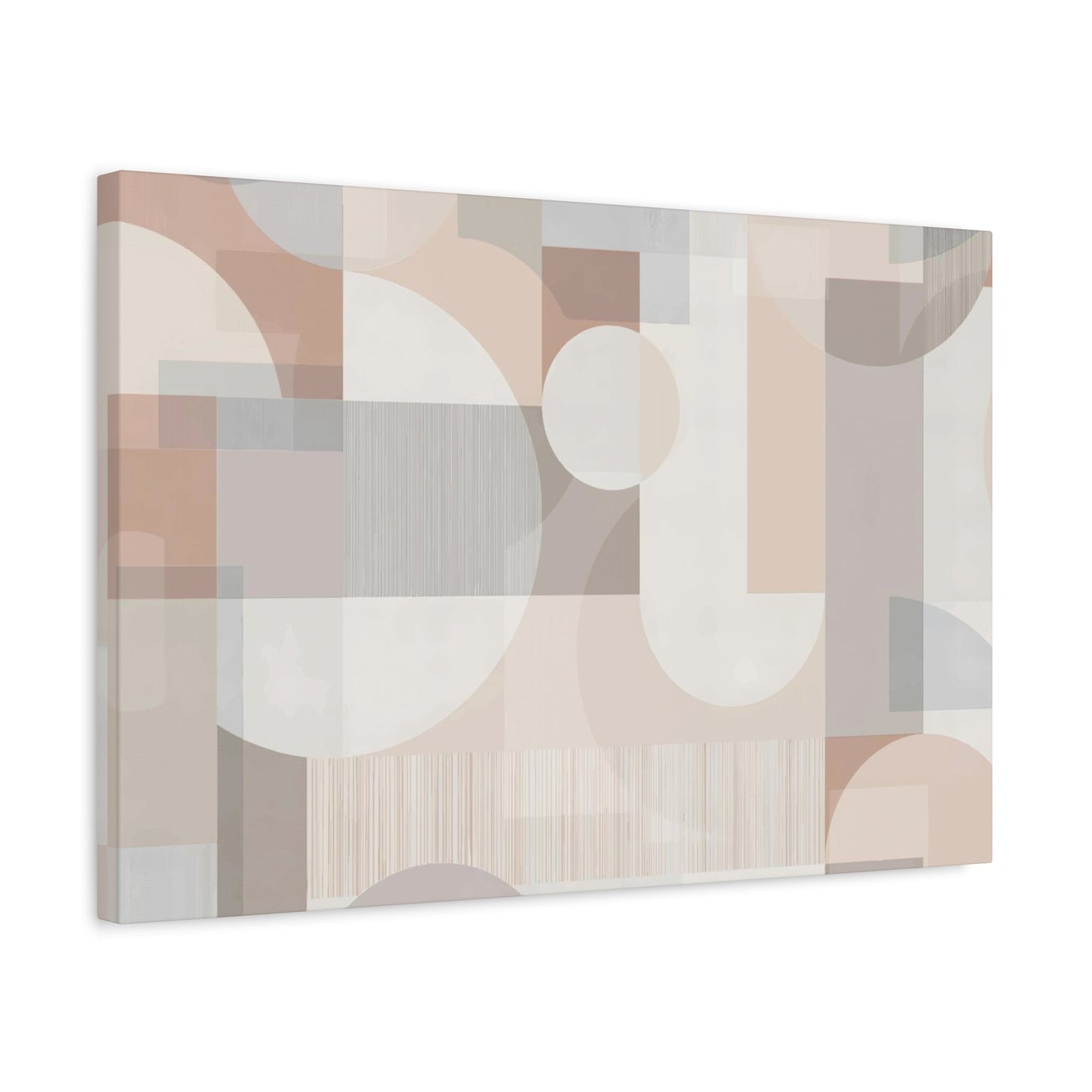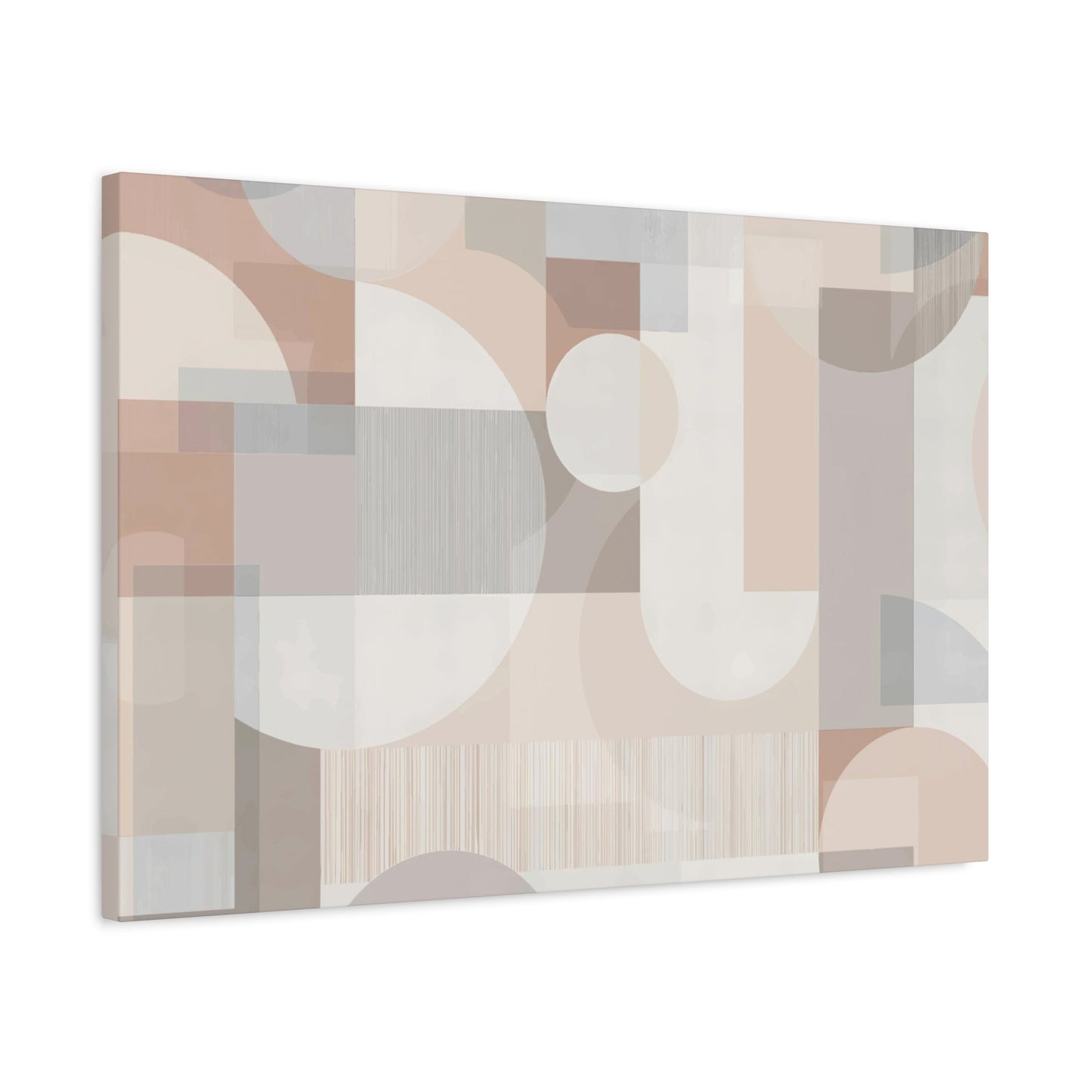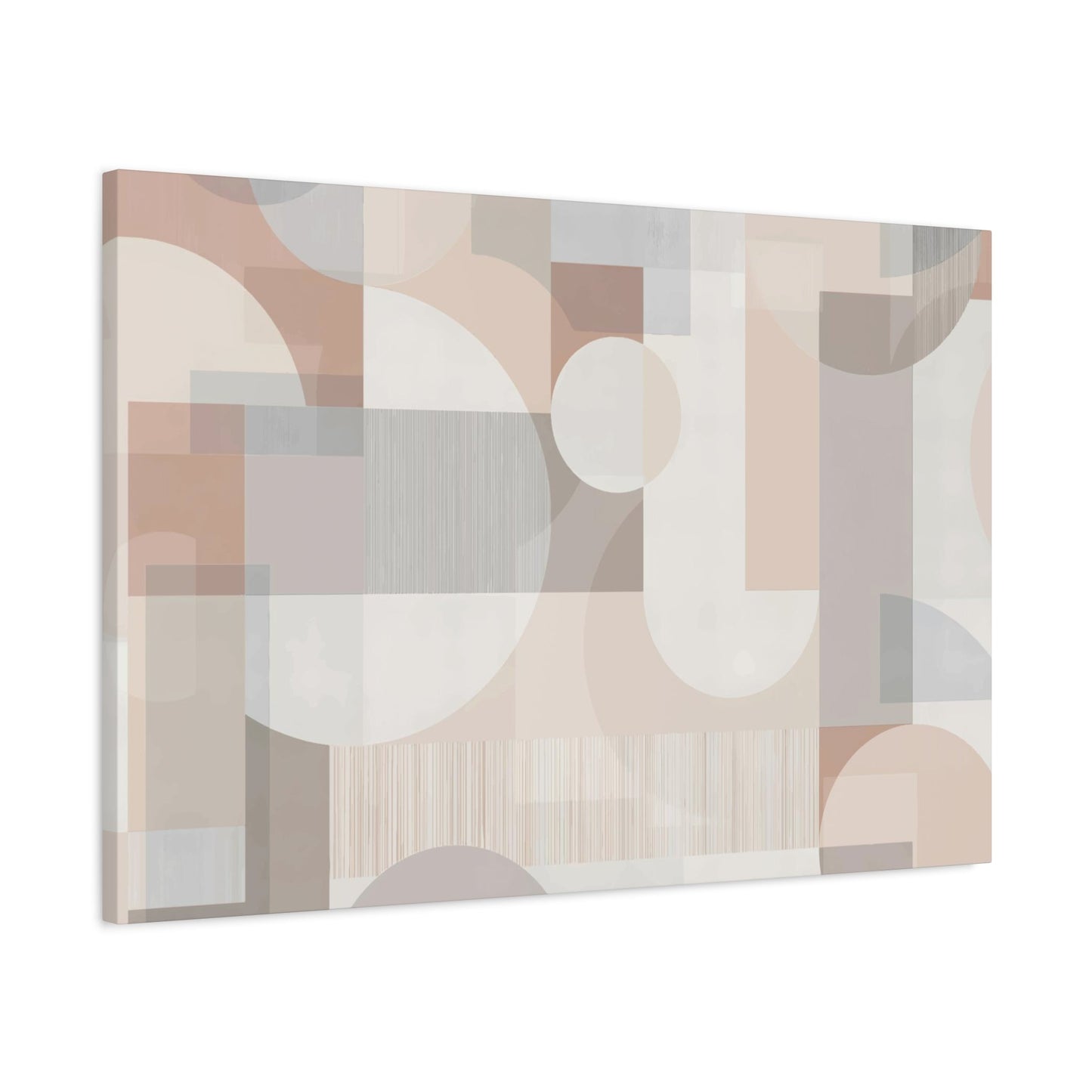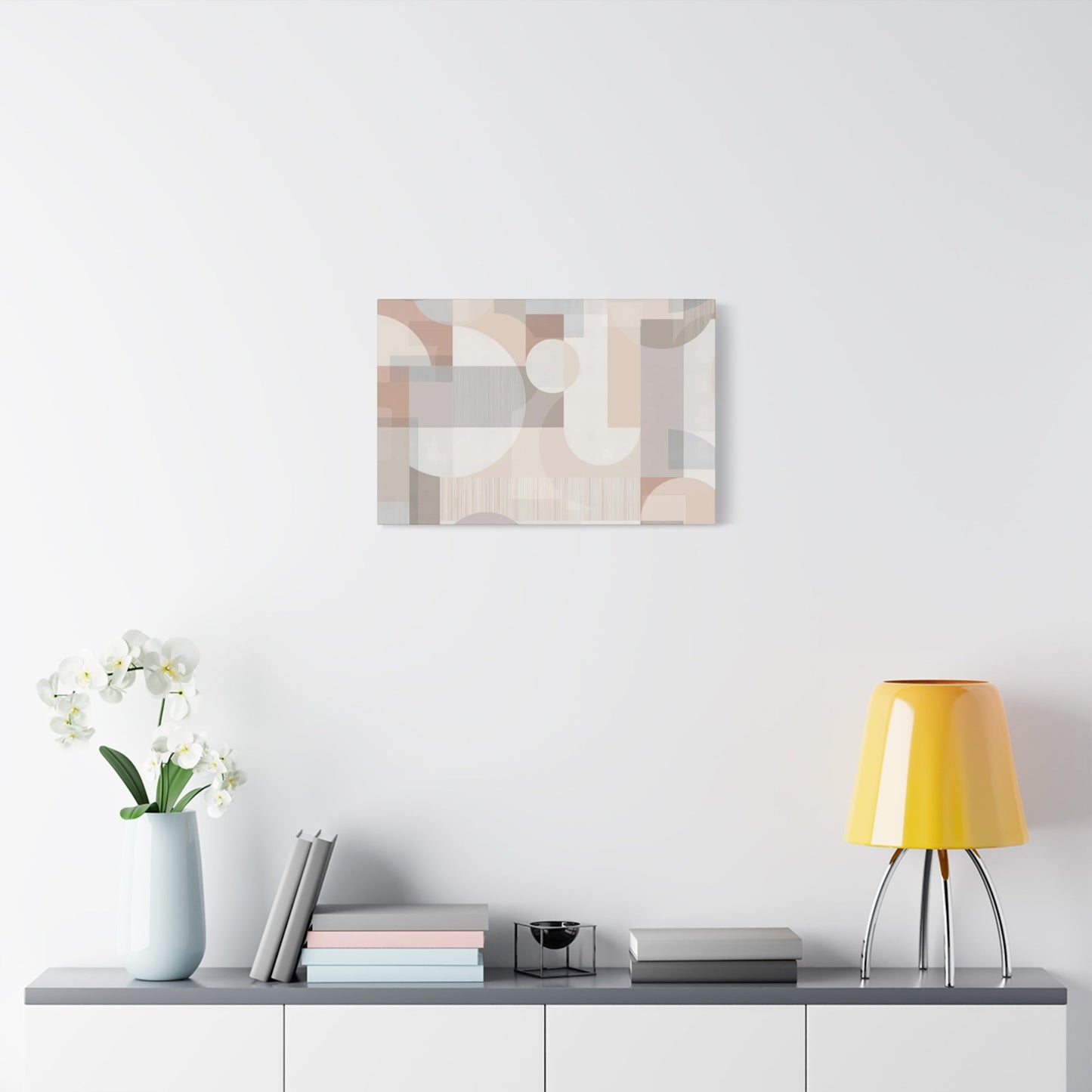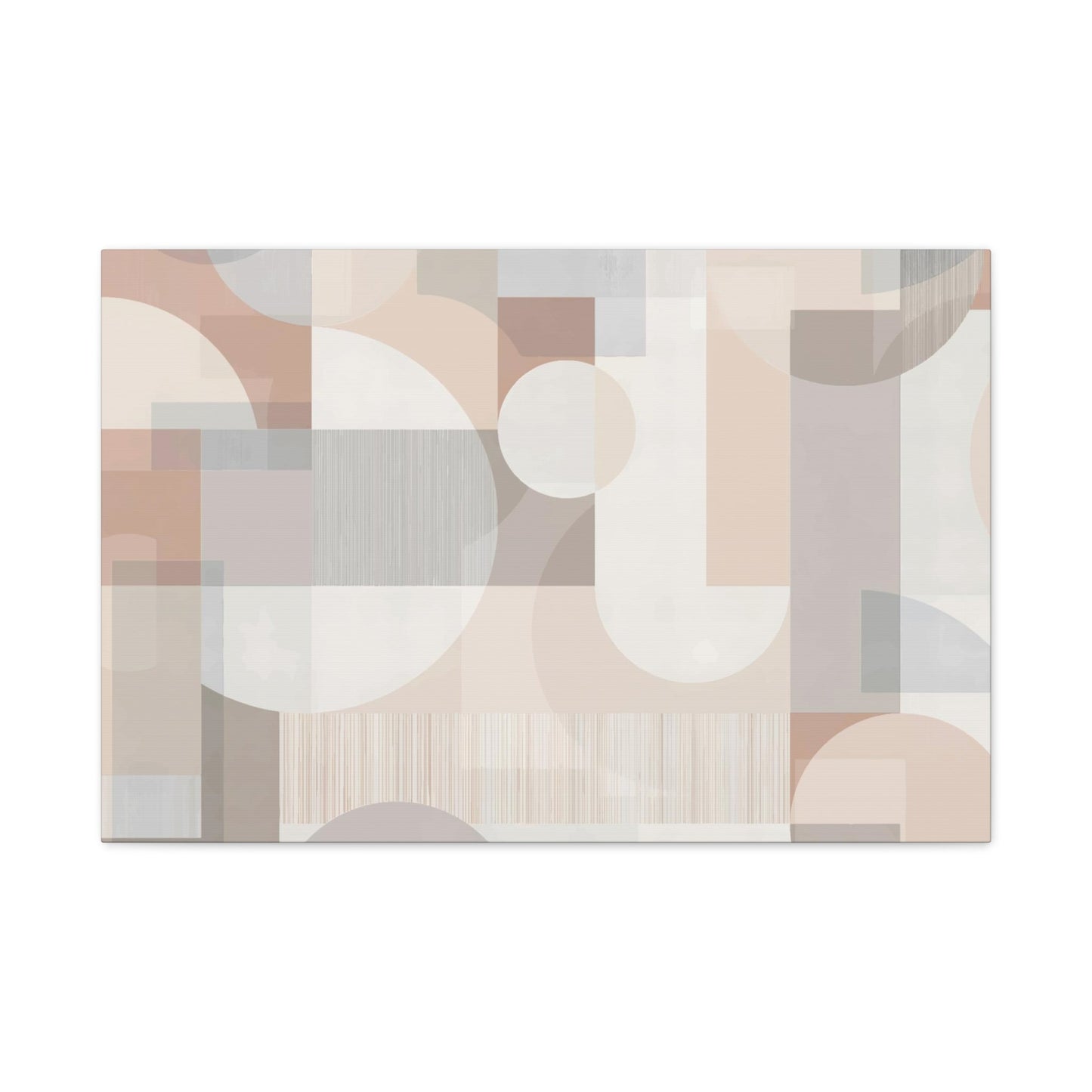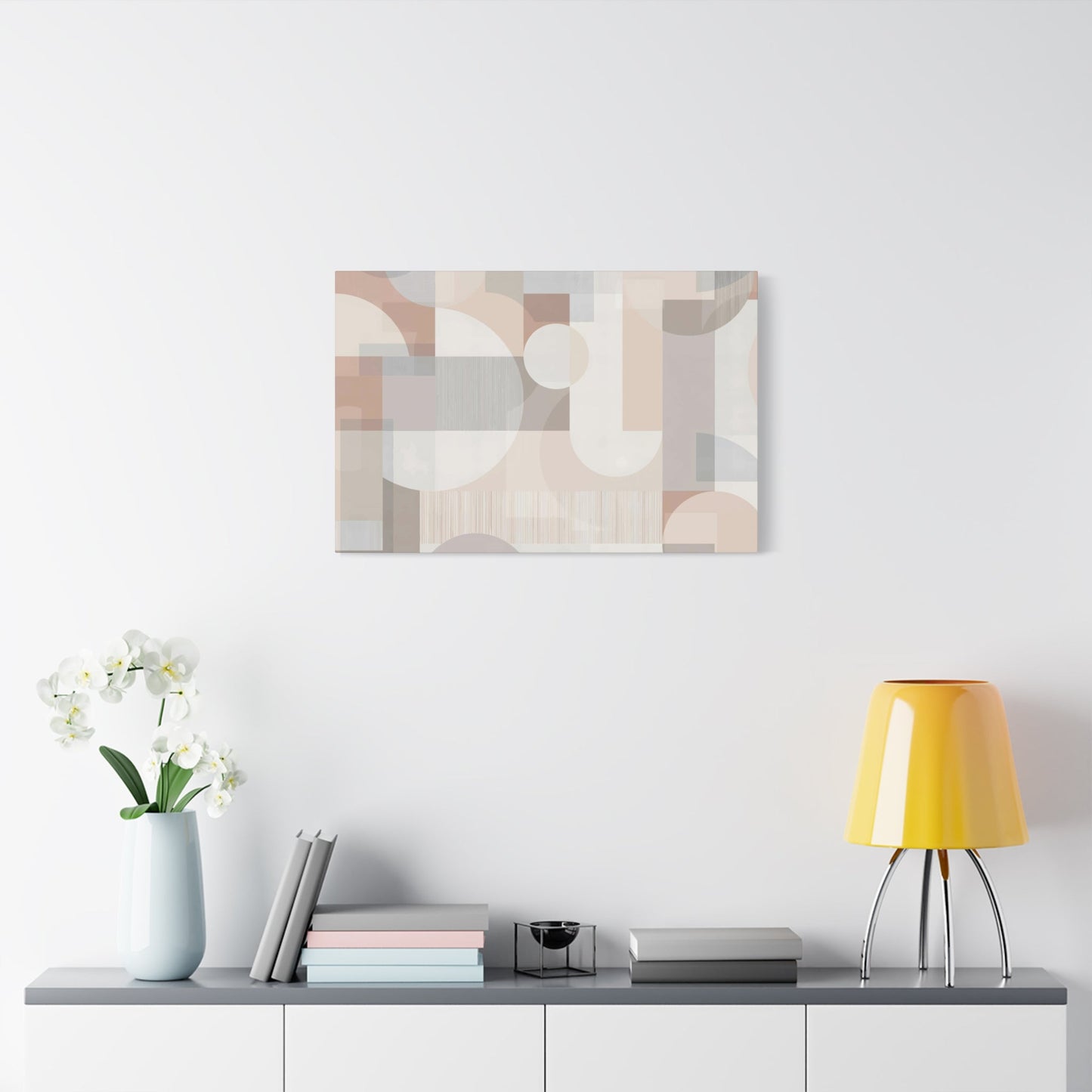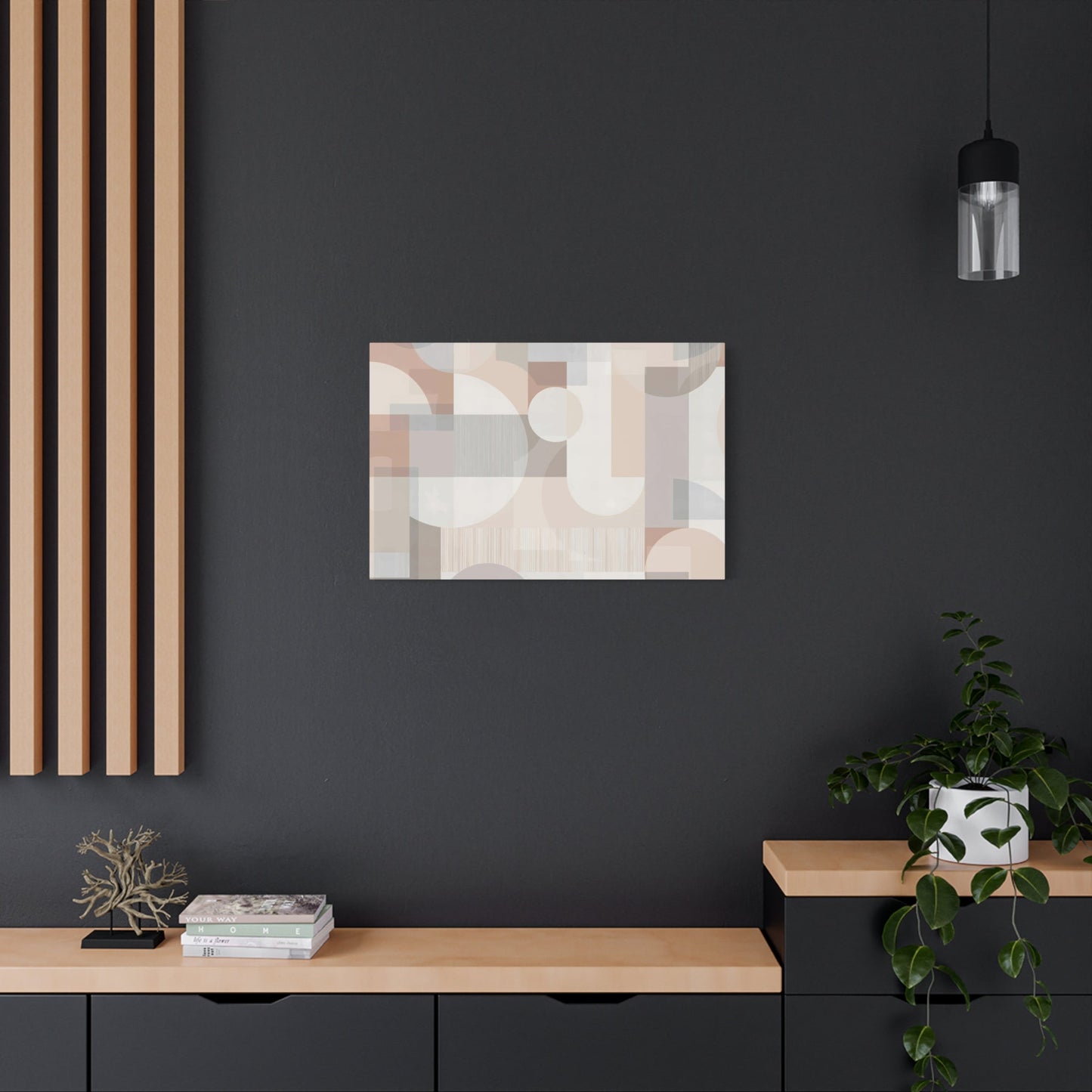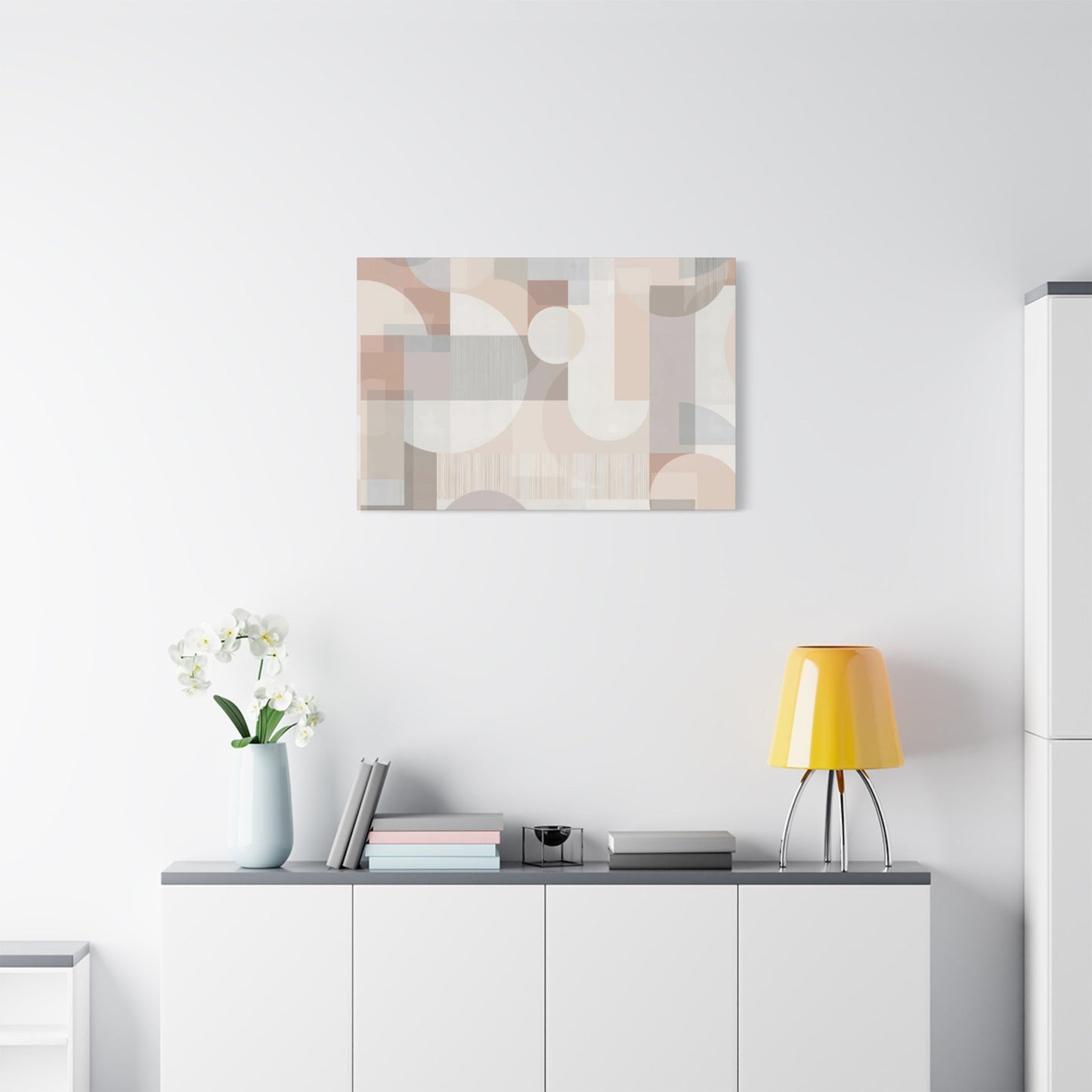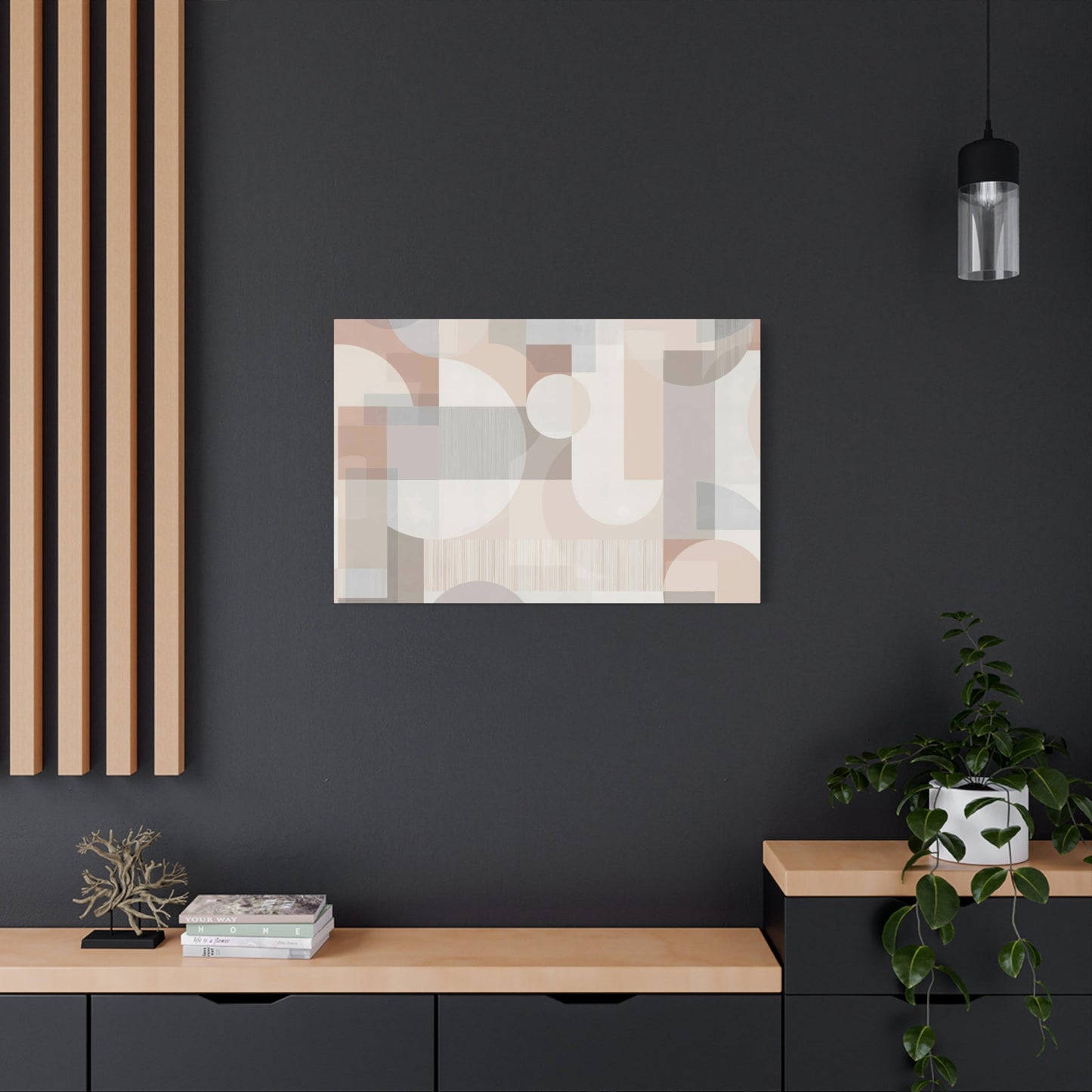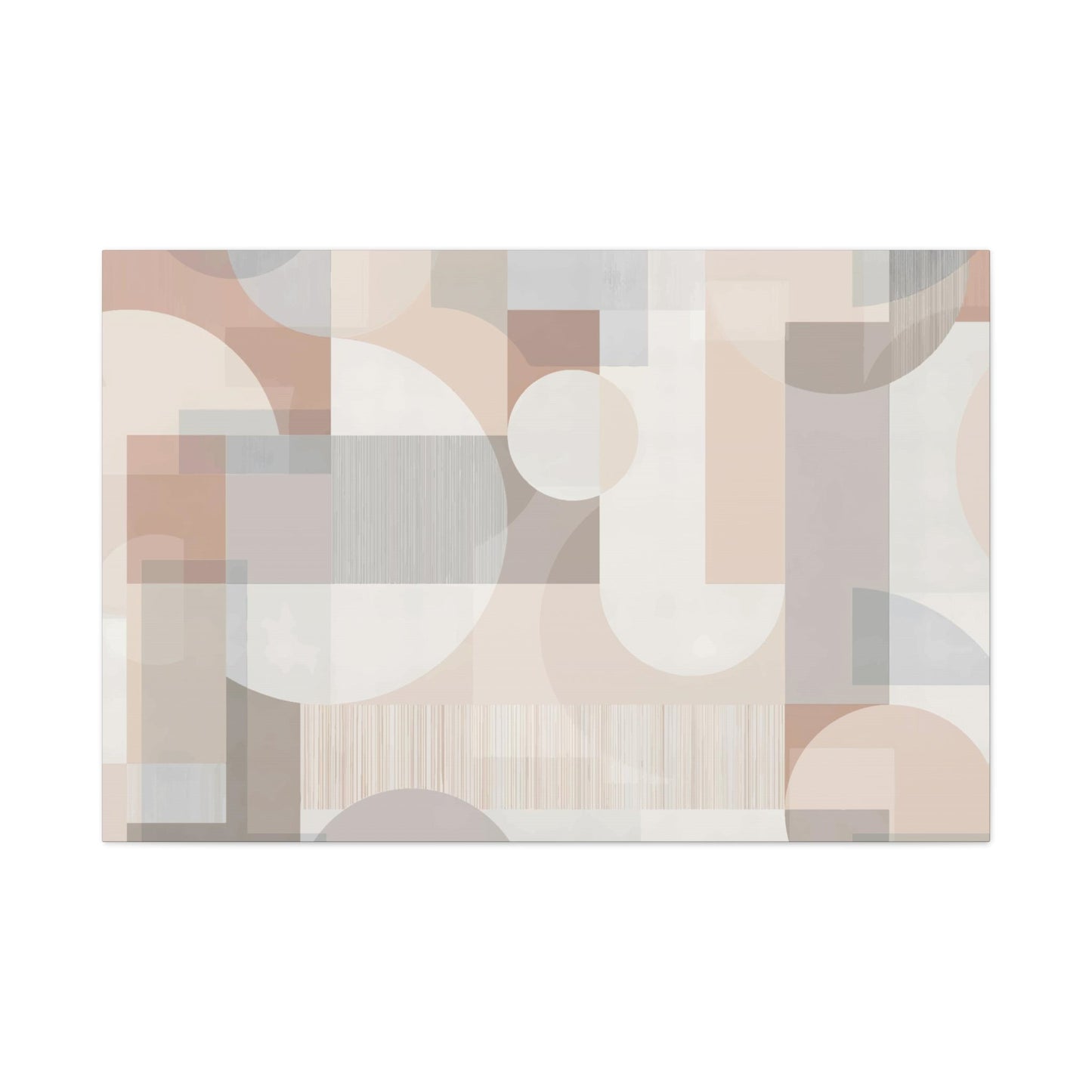Light Academia Wall Art: Creating Scholarly Elegance Through Soft Vintage Prints and Timeless Decor
The light academia aesthetic has emerged as one of the most beloved decorative movements of recent years, combining intellectual sophistication with gentle, romantic undertones. This scholarly approach to home decoration emphasizes the beauty of learning, literature, and classical education while maintaining a soft, approachable atmosphere that invites contemplation and creativity.
Discovering the Essence of Soft Vintage-Inspired Wall Prints
Soft vintage-inspired wall prints form the cornerstone of light academia aesthetics, offering a perfect blend of nostalgic charm and contemporary sensibility. These carefully curated artworks transport viewers to bygone eras of scholarly pursuit, where knowledge was revered and intellectual curiosity flourished in quiet libraries and sunlit study halls.
The appeal of soft vintage-inspired wall prints lies in their ability to evoke memories of classical education and timeless learning environments. Unlike harsh, stark modern art, these prints embrace muted color palettes, gentle textures, and subjects that speak to the soul's desire for knowledge and beauty. They typically feature weathered manuscripts, antique botanical illustrations, vintage maps, and classical architectural elements that have been softly rendered to create a dreamy, ethereal quality.
When selecting soft vintage-inspired wall prints, consider pieces that showcase aged paper textures, faded ink tones, and subjects that reflect intellectual pursuits. Botanical studies from centuries past, with their delicate line work and scientific notation, make excellent choices for creating an atmosphere of gentle scholarship. Similarly, vintage astronomical charts, old-world maps, and classical architectural drawings contribute to the overall aesthetic while maintaining the soft, approachable quality that defines light academia.
The printing techniques used for these artworks often emphasize texture and depth, employing methods that simulate aged paper and vintage printing processes. High-quality reproductions maintain the integrity of original pieces while ensuring longevity and visual appeal in contemporary settings. Many artists now specialize in creating new works that capture the essence of vintage academic materials while offering fresh perspectives on classical themes.
Color selection plays a crucial role in achieving the desired soft vintage effect. Warm sepia tones, gentle creams, soft grays, and muted earth colors create the foundation for these prints. Occasional touches of sage green, dusty rose, or faded blue can add subtle interest without disrupting the overall harmony. The goal is to create a cohesive visual narrative that speaks to both historical appreciation and contemporary aesthetic sensibilities.
Embracing Classic Literature-Themed Art in Your Collection
Classic literature-themed art serves as a powerful focal point for any light academia-inspired environment, celebrating the enduring impact of great authors and their timeless works. These artistic interpretations of beloved literary classics create intimate connections between viewers and the stories that have shaped human culture for generations.
The beauty of classic literature-themed art lies in its ability to capture the essence of narrative without overwhelming the viewer with complex imagery. Subtle references to famous works, author portraits rendered in soft pastels, and iconic scenes depicted with gentle brushstrokes all contribute to an atmosphere of intellectual appreciation and cultural sophistication. These pieces often feature quotes from beloved authors, illustrations inspired by classic novels, or symbolic representations of literary themes.
When incorporating classic literature-themed art into your collection, consider the emotional resonance of different works and authors. Jane Austen-inspired pieces might feature delicate florals and period costume elements, while Shakespeare-themed art could incorporate theatrical masks, quills, and parchment scrolls. Works inspired by the Romantic poets often showcase natural landscapes with literary quotations elegantly integrated into the composition.
Contemporary artists continue to find inspiration in classic literature, creating modern interpretations that maintain reverence for the source material while offering fresh artistic perspectives. These new works often employ mixed media techniques, combining traditional illustration methods with modern design sensibilities to create pieces that feel both timeless and contemporary.
The selection of literature-themed art should reflect personal connections to specific works or authors while contributing to the overall aesthetic harmony of the environment. Consider grouping related pieces together to create thematic vignettes, or distribute them throughout different areas to maintain consistent literary influence throughout the home. The key is to choose pieces that inspire contemplation and conversation while maintaining the gentle, scholarly atmosphere that defines light academia.
Color palettes for literature-themed art typically embrace the soft, muted tones characteristic of the light academia aesthetic. Warm neutrals, gentle pastels, and occasional deeper accent colors create visual interest while maintaining overall cohesion. The goal is to celebrate literary heritage while creating an environment that feels welcoming and inspiring rather than intimidating or overly formal.
Creating the Perfect Light Academia Aesthetic Decor Environment
Light academia aesthetic decor encompasses far more than individual art pieces, extending to create comprehensive environments that celebrate learning, creativity, and intellectual pursuits. This approach to decorating emphasizes the creation of spaces that feel both scholarly and approachable, combining classical elements with contemporary comfort to foster an atmosphere conducive to reading, writing, and contemplation.
The foundation of successful light academia aesthetic decor begins with understanding the philosophy behind the movement. Unlike its darker counterpart, light academia embraces optimism, growth, and the joy of learning. It celebrates the beauty of knowledge acquisition while maintaining a sense of warmth and accessibility that makes intellectual pursuits feel inviting rather than daunting.
Color selection forms the backbone of effective light academia aesthetic decor. The palette typically centers around warm neutrals, including cream, beige, soft white, and gentle gray tones. These foundational colors create a calm, studious atmosphere while providing an excellent backdrop for the soft vintage-inspired wall prints and literature-themed art that characterize the aesthetic. Accent colors might include sage green, dusty rose, warm gold, and soft brown, all applied sparingly to maintain the overall sense of gentle sophistication.
Textural elements play a crucial role in achieving authentic light academia aesthetic decor. Natural materials such as linen, cotton, wool, and wood contribute to the organic, scholarly atmosphere. Woven baskets, vintage books, handwritten journals, and antique writing instruments serve as both decorative elements and functional accessories that support the overall theme.
Lighting considerations are paramount in creating successful light academia environments. Natural light should be maximized whenever possible, with sheer curtains or light-filtering blinds allowing gentle illumination to flood the room. Artificial lighting should emphasize warmth and comfort, with table lamps, floor lamps, and pendant lights providing pools of soft, focused light perfect for reading and studying.
The arrangement of decorative elements requires careful consideration to maintain the balance between scholarly sophistication and approachable comfort. Avoid cluttered displays in favor of thoughtful curation that allows each piece to breathe and contribute meaningfully to the overall aesthetic. Create reading nooks with comfortable seating, good lighting, and easy access to books and writing materials.
Personal touches are essential for authentic light academia aesthetic decor. Include elements that reflect individual interests and pursuits, such as collections of favorite books, personal artwork, handwritten notes, or items that represent specific areas of study or fascination. The goal is to create an environment that feels lived-in and personally meaningful while maintaining the refined, scholarly atmosphere that defines the aesthetic.
The Art of Selecting Neutral Tones in Canvas Prints
Neutral tones in canvas prints provide the perfect foundation for light academia environments, offering versatility, sophistication, and timeless appeal that complements the scholarly aesthetic. These carefully selected hues create a sense of calm contemplation while allowing other decorative elements to shine without competing for visual attention.
The psychology of neutral tones contributes significantly to their effectiveness in academic environments. Soft grays promote focus and concentration, making them ideal for study areas and reading nooks. Warm beiges and creams create feelings of comfort and security, encouraging extended periods of contemplation and creative work. Gentle whites provide clarity and openness, making spaces feel larger and more inviting for intellectual pursuits.
When selecting neutral tones in canvas prints, consider the subtle variations that exist within each color family. Cool grays can range from silvery dove gray to warmer mushroom tones, each creating slightly different atmospheric effects. Warm neutrals encompass everything from pale cream to rich oatmeal, with each variation contributing unique character to the overall composition.
The subject matter of neutral-toned canvas prints should align with light academia themes while maintaining visual interest through texture, composition, and subtle tonal variations. Botanical studies rendered in soft sepia tones, architectural drawings in gentle grays, and vintage photographs with faded coloration all exemplify the type of content that works beautifully within the neutral palette framework.
Texture consideration becomes particularly important when working with neutral tones, as the absence of bold colors means that visual interest must be created through other means. Canvas prints with subtle texture, visible brushstrokes, or interesting compositional elements help prevent neutral-toned pieces from appearing flat or uninspiring.
The size and placement of neutral-toned canvas prints require careful consideration to maximize their impact within light academia environments. Larger pieces can serve as focal points, while smaller works can be grouped to create gallery walls or thematic collections. The key is to maintain balance and proportion while ensuring that each piece contributes meaningfully to the overall aesthetic narrative.
Framing choices for neutral-toned canvas prints should complement rather than compete with the artwork itself. Simple wooden frames in natural finishes, thin metal frames in brushed gold or silver, or floating frames that create subtle shadows can all enhance the presentation without overwhelming the gentle sophistication of the pieces themselves.
Quality considerations are paramount when investing in neutral-toned canvas prints, as subtle color variations and textural details become more apparent in the absence of bold, distracting elements. High-quality printing processes, archival inks, and premium canvas materials ensure that these pieces will maintain their beauty and impact over time.
Cultivating Cozy Study Vibes in Wall Art Selections
Cozy study vibes in wall art represent the perfect marriage of comfort and scholarship, creating environments that encourage extended periods of reading, writing, and intellectual exploration. This approach to art selection emphasizes pieces that promote feelings of warmth, security, and gentle inspiration while maintaining the sophisticated aesthetic that defines light academia.
The concept of coziness in academic settings extends beyond mere physical comfort to encompass emotional and psychological well-being. Cozy study vibes in wall art should evoke feelings of safety, inspiration, and gentle motivation that encourage sustained intellectual effort without creating pressure or anxiety. The goal is to create an atmosphere that feels like a favorite reading chair in a beloved library or a quiet corner in a charming bookshop.
Subject matter for cozy study-themed wall art often includes scenes of peaceful reading environments, such as libraries with soft lighting, study nooks with comfortable furnishings, or outdoor reading spots beneath shady trees. These images help viewers imagine themselves engaged in similar peaceful pursuits, creating psychological connections that enhance the overall effectiveness of the decorative scheme.
Personal elements play a crucial role in achieving authentic cozy study vibes through wall art. Consider pieces that reflect individual interests, favorite subjects, or meaningful quotations that provide personal inspiration and motivation. Custom pieces featuring favorite book passages, personal mantras, or images that hold special significance can create powerful emotional connections that enhance the overall atmosphere.
The arrangement of cozy study-themed wall art should create intimate, welcoming vignettes that encourage relaxation and contemplation. Groupings of smaller pieces can create gallery walls that invite close examination and reflection, while larger statement pieces can serve as focal points that establish the overall mood and theme of the area.
Seasonal considerations can enhance the effectiveness of cozy study vibes in wall art selections. Pieces that reflect the changing seasons or can be rotated to maintain fresh inspiration throughout the year help prevent the environment from becoming static or boring. This might include autumn leaves for fall motivation, spring flowers for renewal, or winter scenes for cozy hibernation periods.
The integration of functional elements with decorative pieces can enhance the practical aspects of cozy study environments while maintaining aesthetic coherence. Wall-mounted shelving for books, small plants, or writing supplies can be arranged around art pieces to create comprehensive, functional zones that support both visual appeal and practical scholarly activities.
Lighting coordination becomes particularly important when creating cozy study vibes through wall art. The pieces should be positioned to take advantage of both natural and artificial lighting sources, ensuring that they can be appreciated throughout different times of day and seasons. Warm-toned lighting can enhance the cozy atmosphere while providing adequate illumination for reading and studying.
Discovering Timeless Bookish Illustrations for Your Walls
Timeless bookish illustrations capture the eternal magic of literature and reading, creating artistic connections to the world of books that transcend temporal boundaries. These carefully crafted images celebrate the physical beauty of books themselves while honoring the intellectual and emotional journeys they facilitate.
The appeal of bookish illustrations lies in their ability to communicate the tactile pleasure of reading while suggesting the infinite possibilities contained within written words. Classic imagery might include stacks of well-worn books with visible titles, open volumes with elegant typography, reading glasses resting on favorite passages, or cozy reading nooks that invite immediate occupancy.
Traditional bookish illustrations often employ techniques that emphasize the craftsmanship and artistry involved in book production. Hand-drawn lettering, careful attention to binding details, and realistic rendering of paper textures all contribute to the overall appreciation for books as both intellectual treasures and beautiful objects in their own right.
Contemporary artists continue to find inspiration in bookish themes, creating modern interpretations that honor traditional book culture while addressing current reading habits and technologies. These new works might incorporate elements of digital reading alongside traditional books, or explore themes related to book preservation, literary heritage, and the ongoing relevance of physical books in an increasingly digital world.
The emotional resonance of bookish illustrations often extends beyond mere decoration to encompass personal reading memories, favorite literary experiences, and aspirational reading goals. Selecting pieces that reflect individual reading histories or future literary ambitions creates deeper connections between viewers and their chosen artwork.
Color palettes for timeless bookish illustrations typically embrace the warm, scholarly tones associated with traditional libraries and reading environments. Rich browns suggesting leather bindings, warm golds reminiscent of gilded page edges, and deep greens evoking library lampshades all contribute to authentic bookish atmospheres.
The scale and positioning of bookish illustrations should complement the functional aspects of reading environments while enhancing their visual appeal. Larger pieces can serve as inspirational focal points, while smaller illustrations can be grouped to create reading-themed gallery walls or distributed throughout book collections to create cohesive thematic connections.
Quality reproduction techniques become particularly important for bookish illustrations, as fine details such as text legibility, binding textures, and paper qualities contribute significantly to the overall effectiveness of the pieces. High-resolution printing processes and premium materials ensure that these artistic celebrations of books maintain their impact and beauty over time.
Exploring Minimalist Vintage Photography in Academic Settings
Minimalist vintage photography brings together two powerful aesthetic movements to create compelling wall art that perfectly complements light academia environments. This approach emphasizes the beauty of simplicity while honoring historical photographic techniques and subjects that resonate with scholarly pursuits.
The philosophy behind minimalist vintage photography centers on the idea that powerful images can convey complex emotions and ideas through carefully selected, uncluttered compositions. By combining this approach with vintage aesthetic elements, these photographs create a sense of timeless sophistication that enhances rather than overwhelms academic environments.
Subject selection for minimalist vintage photography often focuses on educational tools, architectural details, natural elements, or human activities related to learning and contemplation. A single, perfectly composed image of vintage spectacles on an aged desk, architectural details from classical buildings, or botanical specimens arranged with scientific precision can create more impact than busy, complex compositions.
Technical considerations play a crucial role in achieving effective minimalist vintage photography. The use of film-inspired color palettes, subtle grain structures, and soft contrast levels helps create the desired vintage atmosphere while maintaining the clean, uncluttered aesthetic that defines minimalism. Post-processing techniques should enhance rather than overwhelm the natural beauty of the original subjects.
The historical context of vintage photography adds layers of meaning to minimalist compositions. Understanding the techniques, equipment, and cultural context of different photographic eras helps inform both the creation and selection of pieces that authentically represent the vintage aesthetic while maintaining contemporary relevance.
Lighting analysis becomes particularly important in minimalist vintage photography, as the absence of complex compositional elements means that subtle variations in tone, shadow, and highlight become primary sources of visual interest. Soft, diffused lighting reminiscent of natural window light or vintage studio techniques enhances the overall atmospheric quality of these pieces.
The presentation of minimalist vintage photography should complement the simplicity of the images themselves while providing appropriate context for academic environments. Simple, elegant framing that doesn't compete with the photographic content ensures that the images remain the primary focus while contributing to the overall scholarly aesthetic.
Curatorial considerations for minimalist vintage photography collections should emphasize quality over quantity, with each selected piece contributing meaningfully to the overall narrative. Thematic coherence can be maintained through consistent color palettes, subject matter, or photographic techniques while allowing for enough variation to maintain visual interest.
The Elegance of Calligraphy Wall Art in Scholarly Environments
Elegant calligraphy wall art represents one of the most direct connections between visual aesthetics and intellectual pursuit, celebrating the artistry of written language while honoring the historical importance of beautiful handwriting in scholarly traditions. This art form bridges the gap between literature and visual art, creating pieces that can be appreciated for both their aesthetic beauty and intellectual content.
The historical significance of calligraphy in academic contexts cannot be overstated. Throughout history, beautiful handwriting has been considered a mark of education, refinement, and intellectual achievement. Medieval manuscripts, Renaissance documents, and classical texts all demonstrate the important role that elegant writing played in preserving and transmitting knowledge across generations.
Contemporary calligraphy wall art continues this tradition while adapting to modern aesthetic sensibilities and decorative needs. Modern calligraphers create pieces that honor traditional techniques while incorporating contemporary design elements, color palettes, and subject matter that resonate with current light academia trends.
The selection of text content for calligraphy wall art requires careful consideration of both aesthetic and intellectual factors. Literary quotations, philosophical observations, scientific principles, or personal mantras can all serve as appropriate content, provided they align with both personal values and overall decorative goals. The key is to choose words that inspire contemplation and motivation while creating visual beauty through elegant letterforms.
Technical aspects of calligraphy creation significantly impact the final aesthetic result. Traditional tools such as dip pens, brush pens, and quality inks create authentic textures and line variations that contribute to the overall vintage appeal. Digital calligraphy can also achieve beautiful results when properly executed, offering advantages in terms of reproduction and customization.
Color considerations for elegant calligraphy wall art should complement the overall light academia palette while ensuring readability and visual impact. Classic black ink on cream or white backgrounds provides timeless elegance, while subtle color variations can add interest without compromising legibility or scholarly authenticity.
The sizing and placement of calligraphy pieces requires attention to both aesthetic impact and practical readability. Text should be large enough to be easily read from normal viewing distances while maintaining appropriate proportions within the overall decorative scheme. Consider the intended function of each piece, whether it serves as inspirational reading material or primarily decorative purposes.
Framing and presentation choices for calligraphy wall art should enhance the formality and elegance of the written content while complementing the overall scholarly aesthetic. Traditional matting techniques, quality frame materials, and protective glazing help preserve the artwork while contributing to its visual impact and longevity.
Incorporating Academic Quotes on Canvas for Daily Inspiration
Academic quotes on canvas provide daily doses of intellectual inspiration while contributing to the sophisticated aesthetic that defines light academia environments. These carefully selected passages from great thinkers, writers, and scholars serve as both decorative elements and motivational tools that encourage continued learning and personal growth.
The power of academic quotes lies in their ability to distill complex ideas into memorable, actionable insights that can guide daily decisions and long-term aspirations. When presented as attractive canvas art, these quotes become integrated into living environments in ways that promote regular reflection and inspiration without feeling preachy or overwhelming.
Quote selection requires careful consideration of both personal relevance and universal appeal. The most effective academic quotes for canvas art are those that resonate with individual values and goals while expressing ideas that remain meaningful over time. Consider quotations that address themes such as the joy of learning, the importance of curiosity, the value of perseverance, or the beauty of intellectual pursuit.
The visual presentation of academic quotes on canvas involves numerous design decisions that impact both aesthetic appeal and message effectiveness. Typography choices should balance readability with artistic beauty, often incorporating elements that reflect the historical period or academic discipline associated with the quoted author. Classical serif fonts might suit philosophical quotations, while clean, modern fonts could enhance scientific or mathematical insights.
Color coordination for academic quote canvases should maintain harmony with the overall light academia palette while ensuring that text remains easily readable under various lighting conditions. High contrast between text and background colors ensures legibility, while subtle background textures or decorative elements can add visual interest without compromising message clarity.
The integration of decorative elements with academic quotes requires careful balance to avoid overwhelming the textual content while creating visually appealing compositions. Subtle botanical illustrations, gentle geometric patterns, or relevant symbolic imagery can enhance the overall design while maintaining focus on the inspirational message.
Sizing considerations for academic quote canvases depend on both the length of the selected text and the intended viewing distance. Longer quotations may require larger canvases to maintain readability, while short, powerful statements can be effective at smaller sizes. Consider the intended placement and typical viewing angles when determining appropriate dimensions.
Attribution and source information should be included tastefully without disrupting the overall design harmony. Author names, source materials, and relevant dates can be incorporated using complementary typography that maintains the scholarly credibility of the quotation while contributing to the overall aesthetic appeal.
The curation of academic quote collections allows for thematic development that can enhance both individual pieces and overall environmental coherence. Related quotes from similar disciplines, historical periods, or philosophical schools can create powerful narrative connections that enrich the intellectual atmosphere of any learning environment.
Designing Light Academia Bedroom Walls for Restful Learning
Light academia for bedroom walls requires special consideration of both aesthetic appeal and the restorative functions that bedrooms serve in daily life. This approach balances the intellectual stimulation characteristic of academic environments with the calm, peaceful atmosphere necessary for quality rest and rejuvenation.
The bedroom environment presents unique opportunities and challenges for light academia wall art implementation. While maintaining the scholarly aesthetic is important, pieces selected for bedroom use should promote relaxation rather than intense intellectual stimulation. The goal is to create an atmosphere that honors learning and intellectual pursuit while supporting the restful activities that bedrooms are designed to facilitate.
Color psychology becomes particularly important when designing light academia bedroom walls. Soft, muted tones that characterize the overall aesthetic also happen to be ideal for promoting relaxation and peaceful sleep. Gentle creams, soft grays, and warm neutrals create calming environments that support both aesthetic goals and functional bedroom requirements.
Subject matter selection for bedroom wall art should emphasize peaceful, contemplative themes that align with light academia values while avoiding content that might be overstimulating before sleep. Gentle botanical studies, peaceful reading scenes, soft landscape photography, or calming abstract compositions can all contribute to the desired atmosphere while maintaining thematic coherence.
The positioning of wall art in bedroom environments requires consideration of both visual impact and practical sleep requirements. Pieces should be positioned where they can be appreciated during waking hours without creating visual distractions that might interfere with sleep preparation or rest. Consider sight lines from the bed and typical movement patterns within the room.
Lighting coordination for bedroom wall art must balance appreciation of the pieces with the varying light levels required for different bedroom activities. Natural daylight should illuminate the artwork beautifully, while evening lighting should allow for appreciation without creating harsh contrasts or bright spots that might interfere with sleep preparation.
The integration of functional storage and display elements can enhance both the practical and aesthetic aspects of light academia bedroom environments. Wall-mounted shelving for books, small plants, or personal collections can complement art pieces while providing necessary storage for items that support the scholarly lifestyle.
Personal touches become particularly important in bedroom environments, where individual comfort and personal expression play crucial roles in creating spaces that truly support rest and rejuvenation. Include elements that reflect personal reading preferences, academic interests, or meaningful quotations that provide comfort and inspiration in private moments.
Seasonal adaptability in bedroom wall art allows for refreshed inspiration throughout the year while maintaining overall thematic consistency. Consider creating seasonal rotation systems or selecting pieces that can be enhanced with seasonal accents to maintain visual interest and personal engagement over time.
Appreciating Old-School Stationery Art Prints in Modern Contexts
Old-school stationery art prints celebrate the tactile beauty of traditional writing instruments and paper goods while honoring the historical importance of written communication in academic and personal contexts. These artistic tributes to analog writing culture create compelling focal points that resonate with anyone who appreciates the craftsmanship and ritual aspects of traditional correspondence and note-taking.
The nostalgia associated with old-school stationery reflects a deeper appreciation for the deliberate, mindful approach to communication that characterized pre-digital eras. Fountain pens, inkwells, quality writing paper, wax seals, and vintage typewriters all represent tools that required skill, patience, and intention to use effectively, qualities that align perfectly with light academia values.
Contemporary artists who specialize in stationery-themed artwork often combine realistic representation with artistic interpretation to create pieces that celebrate these tools while fitting seamlessly into modern decorative contexts. Detailed illustrations of vintage fountain pens, watercolor renderings of antique inkwells, or photographic studies of beautiful handwriting exemplify this approach.
The educational value of old-school stationery art prints extends beyond mere decoration to encompass historical appreciation and cultural understanding. These pieces can spark conversations about communication evolution, writing traditions, and the ongoing relevance of handwriting skills in digital age. They serve as visual reminders of the craftsmanship and intentionality that characterized traditional correspondence.
Technical aspects of creating effective stationery art prints require attention to detail and historical accuracy that honors the actual tools being depicted. Accurate proportions, realistic material representations, and authentic color palettes contribute to the overall credibility and aesthetic appeal of these pieces.
The arrangement of stationery-themed art prints can create compelling thematic narratives that celebrate different aspects of writing culture. Groupings might focus on specific types of tools, historical periods, or writing traditions from different cultures, creating educational opportunities alongside aesthetic enjoyment.
Color palettes for old-school stationery art prints typically embrace the materials and tones associated with traditional writing implements. Rich browns suggesting leather goods, warm golds reminiscent of brass fittings, deep blues echoing quality inks, and cream tones reflecting fine papers all contribute to authentic stationery aesthetics.
The integration of actual vintage stationery items with artistic representations creates layered, multidimensional displays that honor both the functional and aesthetic aspects of these tools. Antique desk accessories, vintage letter openers, or quality fountain pens can complement art prints while providing tangible connections to the traditions being celebrated.
Quality reproduction standards become particularly important for stationery art prints, as fine details such as engraving work, material textures, and subtle color variations contribute significantly to the overall impact and authenticity of these pieces. High-resolution printing and premium materials ensure that artistic representations honor the quality of the original tools being depicted.
Creating Calm and Scholarly Art Pieces for Contemplative Environments
Calm and scholarly art pieces serve as essential elements in creating environments that support deep thinking, sustained study, and peaceful contemplation. These carefully selected artworks promote mental clarity while maintaining the sophisticated aesthetic that characterizes light academia environments.
The psychological impact of calm and scholarly art extends beyond mere decoration to influence mood, focus, and cognitive performance. Pieces that promote feelings of tranquility and intellectual engagement can enhance concentration, reduce stress, and create positive associations with learning and study activities. The goal is to create visual environments that support rather than distract from intellectual pursuits.
Subject matter for calm and scholarly art should emphasize themes that promote peaceful contemplation while maintaining intellectual interest. Abstract compositions with gentle color transitions, realistic representations of peaceful study environments, or symbolic imagery related to learning and growth can all contribute to the desired atmosphere without creating visual chaos or distraction.
Color psychology plays a crucial role in achieving the calming effects desired in scholarly environments. Cool blues and greens promote mental clarity and focus, warm neutrals create feelings of comfort and security, and soft purples can encourage creative thinking and introspection. The key is to select colors that support the intended activities while maintaining visual harmony within the overall decorative scheme.
Compositional elements that promote visual calm include balanced layouts, gentle curves rather than harsh angles, and adequate negative or breathing room that prevents visual overcrowding. These design principles help create pieces that feel restful to view while maintaining enough visual interest to reward closer examination and contemplation.
The scale and proportion of calm and scholarly art pieces should complement the physical dimensions of study environments while creating appropriate visual impact. Oversized pieces might overwhelm small study areas, while tiny artworks could get lost in larger rooms. Consider the typical viewing distances and activities that occur in each area when selecting appropriate sizes.
Textural considerations can enhance the calming qualities of scholarly art pieces. Soft, matte finishes reduce glare and create gentle visual surfaces, while subtle texture variations add interest without creating distraction. The goal is to create pieces that feel visually comfortable and inviting rather than harsh or demanding.
The arrangement of multiple calm and scholarly art pieces requires attention to overall visual flow and thematic coherence. Related pieces can be grouped to create contemplative vignettes, while individual works can be distributed throughout study areas to maintain consistent atmospheric support for intellectual activities.
Quality materials and construction techniques contribute to both the longevity and effectiveness of calm and scholarly art pieces. Fade-resistant inks, stable support materials, and protective finishing ensure that these investments will continue to provide atmospheric benefits over many years of study and contemplation.
Selecting Perfect Framed Art for Study Rooms and Learning Environments
Framed art for study rooms requires careful consideration of both aesthetic appeal and functional support for learning activities. The framing choices, artwork selection, and positioning decisions all contribute to creating environments that enhance rather than detract from concentration, motivation, and intellectual engagement.
The functional requirements of study rooms influence art selection in unique ways. Pieces should provide visual interest and inspiration without creating distractions that interfere with sustained concentration. The goal is to create atmospheric support for learning activities while avoiding content that might draw attention away from study materials or create visual competition with necessary educational resources.
Framing considerations become particularly important in study environments, where durability, glare reduction, and ease of maintenance play crucial roles in long-term satisfaction with art investments. Quality matting materials prevent artwork degradation, while appropriate glazing options reduce reflective glare that could interfere with computer screens or reading materials commonly found in study areas.
The positioning of framed art in study rooms should take advantage of natural sight breaks and moments when visual rest might be beneficial during extended study sessions. Pieces positioned at comfortable viewing angles from primary work areas can provide brief moments of visual relief without requiring significant movement or distraction from ongoing tasks.
Color coordination between framed art and study room functionality requires attention to how different hues might affect concentration and mood during various learning activities. Energizing colors might be appropriate for creative work areas, while calming tones could better support detailed reading or analytical tasks. Consider the primary functions of each study area when making color-related decisions.
The integration of educational content within framed art can create pieces that serve dual functions as both decorative elements and reference materials. Maps, scientific diagrams, historical timelines, or subject-specific reference materials can be artistically presented to enhance both the aesthetic appeal and functional utility of study environments.
Size considerations for study room art should balance visual impact with practical space requirements. Study rooms often need to accommodate furniture, equipment, and storage solutions that might limit available wall area. Select pieces that provide appropriate visual weight without overwhelming the functional aspects of the room or creating cramped feelings in smaller areas.
Thematic coherence in study room art selection can enhance motivation and create positive psychological associations with specific subjects or learning goals. Collections focused on particular academic disciplines, historical periods, or intellectual themes can create immersive environments that support sustained engagement with related materials.
The maintenance and care of framed art in study environments requires consideration of dust accumulation, handling frequency, and potential exposure to various study-related activities. Select frames and glazing materials that facilitate easy cleaning while providing adequate protection for the artwork itself.
Discovering Thoughtful Gift Ideas for Academia Lovers
Gift ideas for academia lovers require understanding of both the aesthetic preferences and intellectual interests that characterize individuals drawn to scholarly pursuits. Light academia wall art offers numerous opportunities to create meaningful gifts that honor recipients' love of learning while contributing to their personal environments in lasting, beautiful ways.
The personal nature of academic interests means that successful gifts often reflect specific disciplines, historical periods, or intellectual themes that resonate with individual recipients. Understanding someone's particular areas of fascination allows for gift selections that demonstrate thoughtfulness and personal attention while contributing meaningfully to their decorative and intellectual environments.
Customization opportunities in academia-focused wall art create possibilities for truly unique gifts that cannot be found elsewhere. Custom calligraphy pieces featuring favorite quotations, personalized bookplate designs, or artistic interpretations of meaningful academic achievements all represent thoughtful approaches to gift-giving that honor individual accomplishments and interests.
The presentation of academic wall art gifts requires attention to packaging and accompanying materials that enhance the overall gift experience. Quality gift wrapping, explanatory notes about the artwork's significance, or suggestions for display and integration with existing collections all contribute to creating memorable gift experiences that extend beyond the artwork itself.
Budget considerations for academic wall art gifts span a wide range, from affordable prints that celebrate scholarly themes to investment-quality original pieces that can serve as significant life milestone markers. Understanding appropriate budget levels while maximizing thoughtfulness and personal relevance creates opportunities for meaningful gifts at any price point.
The timing of academic wall art gifts can enhance their significance and impact. Graduation celebrations, academic achievement recognition, new home occasions, or career milestone acknowledgments all represent appropriate moments for presenting carefully selected pieces that commemorate important life events while contributing to ongoing environmental enjoyment.
Educational value in gift selections can create lasting impact that extends beyond mere decoration. Pieces that introduce recipients to new artists, historical periods, or aesthetic movements contribute to ongoing learning and cultural appreciation while serving decorative functions in daily life.
The integration of multiple related pieces can create comprehensive gift collections that develop themes over time. Annual additions to established collections, seasonal variations on favored subjects, or progressive exploration of related artistic movements all represent approaches to gift-giving that create ongoing relationships between givers, recipients, and the artistic pieces themselves.
Quality considerations in academic gift selections ensure that pieces will provide lasting enjoyment and maintain their beauty over time. Archival materials, professional printing processes, and appropriate preservation techniques all contribute to creating gifts that recipients will treasure and display with pride for many years.
The emotional resonance of academic wall art gifts often extends beyond mere aesthetic appreciation to encompass personal validation of intellectual interests and scholarly values. Gifts that demonstrate understanding and appreciation of recipients' academic pursuits create powerful emotional connections that enhance both the gift experience and ongoing enjoyment of the pieces.
Understanding Color Psychology in Light Academia Wall Art
Color psychology in light academia wall art plays a fundamental role in creating environments that support both aesthetic goals and functional learning requirements. Understanding how different hues affect mood, concentration, and intellectual engagement allows for more informed decisions in art selection and environmental design.
The foundational colors of light academia - creams, soft grays, gentle beiges, and warm whites - create psychological atmospheres that promote calm focus and sustained intellectual engagement. These neutral tones provide visual rest for eyes that spend considerable time focused on text and detailed work, while creating backgrounds that don't compete with study materials for attention.
Warm undertones in light academia color palettes contribute to feelings of comfort and security that encourage extended periods of study and contemplation. Unlike cool, stark environments that might feel clinical or uninviting, warm-toned academic environments create psychological safety that allows for deeper intellectual exploration and creative risk-taking.
The strategic use of accent colors within predominantly neutral palettes can provide psychological stimulation and prevent visual monotony without overwhelming the calming foundation. Soft sage greens promote mental clarity and connection with nature, gentle golds add warmth and optimism, and muted blues encourage focused thinking and analytical work.
Cultural associations with different colors can enhance or detract from academic atmospheres depending on personal backgrounds and experiences. Understanding how individual color preferences and cultural meanings might influence responses to different hues allows for more personalized and effective art selections that resonate with specific users and their learning goals.
Conclusion:
Light Academia wall art offers a unique opportunity to infuse your home with a sense of scholarly elegance, timeless beauty, and subtle nostalgia. Rooted in a love for learning, classic literature, and vintage aesthetics, this style combines soft, muted tones with delicate prints that evoke the quiet charm of old libraries, cozy study nooks, and historic campuses. By incorporating light academia-inspired art into your décor, you create a serene and intellectually stimulating environment that inspires reflection and creativity.
The appeal of light academia wall art lies in its ability to blend vintage elements with modern sensibilities. Soft sepia hues, faded manuscripts, botanical illustrations, and classical architecture come together to form a cohesive visual narrative that feels both refined and approachable. This delicate aesthetic fosters warmth and calmness, making it ideal for bedrooms, home offices, reading corners, or any space where you seek peace and focus.
Moreover, light academia art celebrates the beauty of knowledge and the romance of learning, reflecting a lifestyle that values curiosity and depth. Each print becomes a tribute to intellectual pursuits, whether it’s a portrait of a renowned philosopher, a snippet of classical poetry, or a serene depiction of nature intertwined with historic motifs. These pieces encourage a slower pace and deeper appreciation for the arts and humanities, enriching your home with meaning beyond mere decoration.
In terms of styling, light academia wall art pairs wonderfully with natural materials like wood, leather-bound books, and soft textiles. The overall effect is one of understated sophistication, where every detail contributes to a cozy yet elegant atmosphere. By layering vintage prints with antique frames or combining them with modern minimalist décor, you can create a balanced look that is timeless yet fresh.
Additionally, this art style aligns with a broader cultural trend that values mindfulness, simplicity, and intentional living. As people seek refuge from the fast pace of modern life, light academia offers a visual and emotional sanctuary—one where beauty, intellect, and tranquility coexist harmoniously.
In conclusion, light academia wall art is more than just a design choice; it’s an invitation to cultivate a home filled with grace, wisdom, and poetic charm. By embracing this aesthetic, you transform your space into a haven of scholarly elegance and timeless inspiration, where every glance at the wall art sparks curiosity and calm.

















